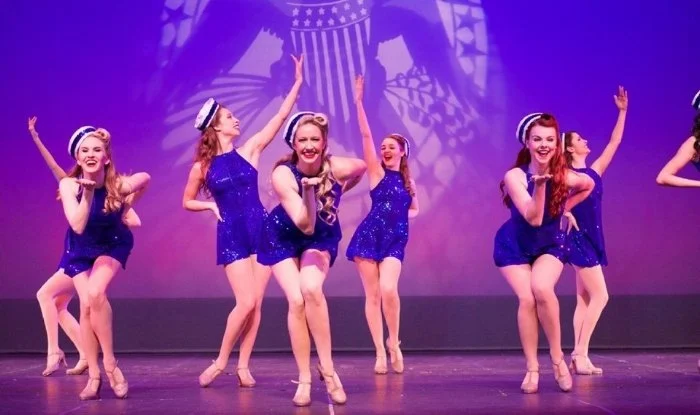
- do-colleges-have-school-dances-a-modern-campus-look
- types-of-dance-events-at-colleges
- why-college-dances-differ-from-high-school-proms
- student-organizations-and-social-life
- cultural-and-themed-dances-are-thriving
- personal-stories-college-dance-experiences
- tips-for-getting-involved-in-campus-dance-scenes
- expand-your-dance-journey-beyond-campus
1. Do Colleges Have School Dances? A Modern Campus Look
If you're wondering, do colleges have school dances, the answer isn’t a simple yes or no. While traditional high school-style dances like prom aren’t typically part of college life, most universities and colleges across the U.S. do host a wide range of dance events—just with a different tone, variety, and vibe. Campus culture has evolved, and so have the ways students socialize through dance.
2. Types of Dance Events at Colleges
2.1 Formal Galas and Balls
Many colleges hold annual formal events such as winter balls or spring galas. These are usually hosted by student government or specific clubs, complete with DJs, dress codes, and catering. They offer a semi-traditional dance experience—elegant, organized, and full of music.
2.2 Casual Club Nights and Campus Parties
Fraternities, dorm associations, and campus rec groups often organize casual dance nights. Think themed nights, silent discos, or glow parties. These dances may not have a ballroom setup but are wildly popular for their high energy and open format.
3. Why College Dances Differ from High School Proms
3.1 Greater Freedom and Diversity
In college, students are no longer restricted by chaperones or curfews. This autonomy changes the nature of dance events. Instead of one big prom, there are smaller, more frequent events, each catering to different interests—hip-hop night, swing social, or Latin dance mixers.
3.2 Less Formality, More Flexibility
Unlike prom with its corsages and limos, college dance events are more about comfort and connection. Many are organized in residence halls, student centers, or outdoor quads. You don’t need a date, and nobody’s judging your outfit or dance moves.
4. Student Organizations and Social Life
4.1 Clubs That Promote Dance Culture
Dance-based clubs like salsa teams, hip-hop crews, ballroom societies, or even K-pop dance groups are common on campuses. They often host performances and open dance nights for anyone to join. Some even compete nationally.
4.2 Dance as a Social Connector
Many students use dance events as a way to meet new people and relieve academic stress. One sophomore from UCLA shared how attending a Latin dance social helped him connect with international students and discover a passion for bachata.
5. Cultural and Themed Dances Are Thriving
5.1 Multicultural Celebrations
College campuses are incredibly diverse, and that’s reflected in their dance events. Indian student groups might host a Diwali night with Bollywood dancing; African unions may organize Afrobeat sessions. These events are colorful, vibrant, and deeply rooted in culture.
5.2 Themed Nights With a Twist
From 90s throwbacks to masquerade balls, themed dance nights remain a staple of college life. One popular trend is “TikTok Night,” where students dance to viral trends together. It’s modern, social, and designed for pure fun.
6. Personal Stories: College Dance Experiences
Ashley, a junior at NYU, remembers attending her first college formal feeling unsure if it would feel like prom. “It didn’t—but that was the beauty of it. There was no pressure. Just good music, people from all over the world, and everyone dancing like nobody was watching.” These personal stories reflect how college dances offer emotional freedom and community bonding.
7. Tips for Getting Involved in Campus Dance Scenes
7.1 Attend Welcome Week Events
Most colleges host welcome events for freshmen that include open-mic nights, casual dances, or “speed friending” parties. These are perfect chances to ease into campus dance life.
7.2 Join a Dance Club or Take a Class
You don’t need to be a pro. Many clubs are beginner-friendly and focused on fun. Alternatively, consider taking a dance elective or fitness class—many schools offer hip-hop, ballroom, or even Zumba as part of physical education.
8. Expand Your Dance Journey Beyond Campus
If you’re truly passionate about dancing, campus isn’t the limit. Studios, workshops, and dance academies near college towns provide formal training and community. American Dance Academy offers structured programs in multiple styles, helping students elevate their skills or pursue a more serious path in dance.
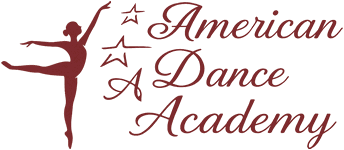
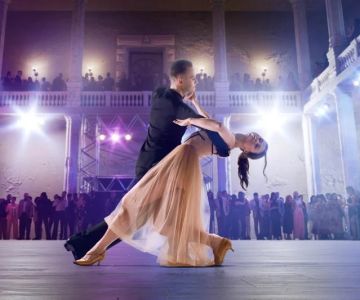
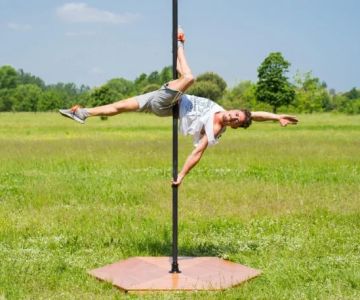
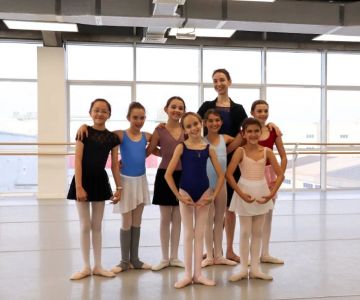
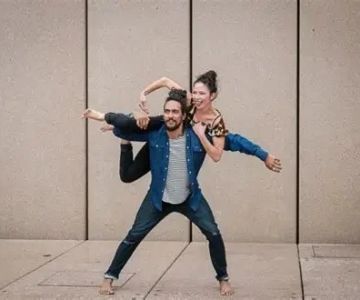
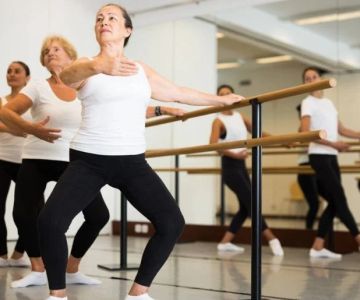
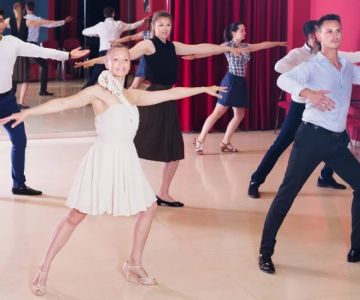
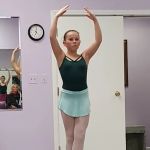 Barrington Dance Academy5.0 (22 reviews)
Barrington Dance Academy5.0 (22 reviews)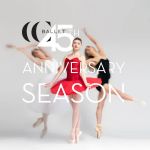 Canyon Concert Ballet4.0 (17 reviews)
Canyon Concert Ballet4.0 (17 reviews)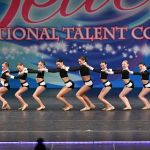 Big City Dance Center LLC4.0 (25 reviews)
Big City Dance Center LLC4.0 (25 reviews)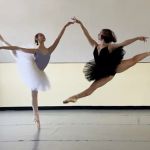 Tye Chua Dance & Kalamazoo Ballet5.0 (18 reviews)
Tye Chua Dance & Kalamazoo Ballet5.0 (18 reviews)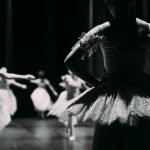 Fenton Ballet Theatre4.0 (24 reviews)
Fenton Ballet Theatre4.0 (24 reviews) Front Street Dance Center5.0 (7 reviews)
Front Street Dance Center5.0 (7 reviews) Are There Dances in Middle School? What Students and Parents Should Know
Are There Dances in Middle School? What Students and Parents Should Know How a Dance School in Instagram Builds Community and Success
How a Dance School in Instagram Builds Community and Success Why Do Schools Teach Square Dancing?
Why Do Schools Teach Square Dancing?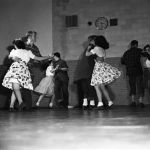 Why Was Square Dancing Taught in School?
Why Was Square Dancing Taught in School? Why Swing Dance Is Popular for Adults
Why Swing Dance Is Popular for Adults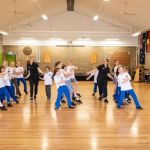 A School Dance: How to Prepare, Shine, and Make It Unforgettable
A School Dance: How to Prepare, Shine, and Make It Unforgettable